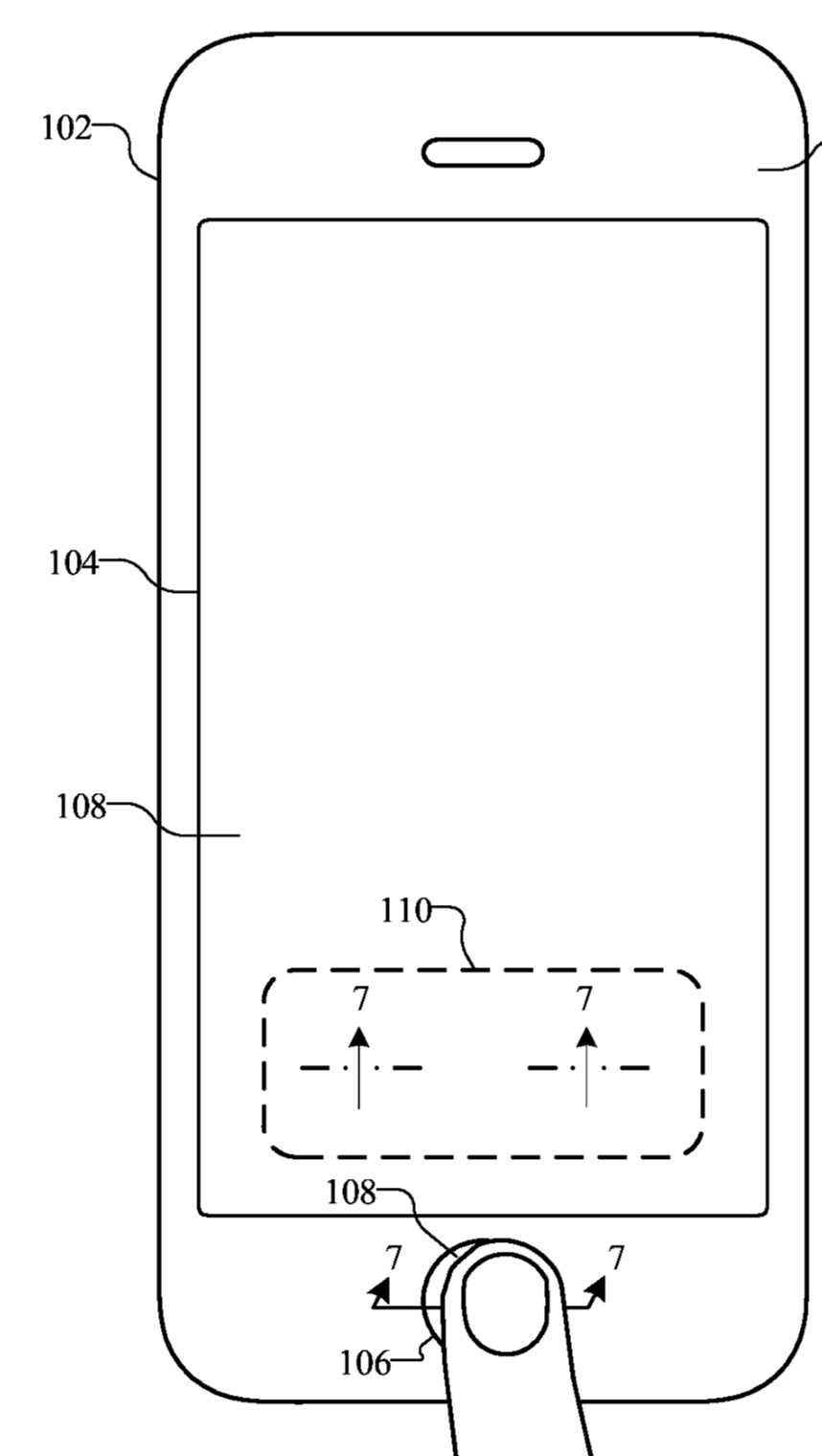Apple has filed for a patent (number 9,609,450) for a “method and system for monitoring temperature for speaker protection.” The goal is to prevent possible damage to speakers in Apple’s macOS, iOS and watchOS devices.
In the patent filing, Apple notes that electronic devices have a speaker box, acoustic chamber that includes the speaker port and at least partially encloses a speaker driver. The speaker driver includes a diaphragm, a voice coil, a magnet unit and a yoke.

For audio to be played, current is applied to the speaker driver which causes the voice coil to generate heat. The voice coil in the speaker driver is coupled to the magnet unit and thus, the heat from the voice coil is transferred to the magnet unit. The amount of power that may be applied to the speaker box is limited by the resilience of the magnet unit to heat.
Overheating any magnet will cause structural or mechanical damage to the magnet and may result in its demagnetization. Accordingly, the temperature of the voice coil needs to be monitored to ensure that the integrity of the speaker is maintained. Apple’s invention is for ways to prevent this.
It involves a method of monitoring speaker temperature for speaker protection starts by generating a low level inaudible noise signal and injecting the low level inaudible noise signal in an audio signal. The voice coil resistance estimate that estimates a resistance of a voice coil of a speaker is then computed.
The voice coil resistance estimate changes while the speaker is being driven by the audio signal that includes the low level inaudible noise signal. The temperature estimate is then computed based on the voice coil resistance estimate. The level of the audio signal may be adjusted based on the temperature estimate. Other embodiments are also described.
Moving on, Apple has been granted a patent (number 9,606,706) for a “battery user tracking interface” for iPhones and iPads (and perhaps Macs). It offers a more detailed look at battery usage than current Apple apps.

Apple says that, as electronic devices become more fundamentally integrated into the daily routine of users, tracking of battery usage to better understand battery-consumption and optimize device use times has become increasingly important.
Finally, Apple has been granted a patent (number 9,607,203) for “biometric sensing device with ultrasonic transducers.” It’s designed to make Touch ID and displays on iOS and watchOS devices less sensitive to things like sweat (which has always been a problem when I run with my Apple Watch).

In the patent filing, Apple notes that the performance of some biometric sensing devices may be adversely affected by conditions unrelated to the biometric sensing device itself. For example, a fingerprint sensing device can be sensitive to contaminants on a user’s finger. Contaminants such as grease, lotion, dirt, sweat, and food particles on a finger can degrade a captured fingerprint image, which can prevent a fingerprint sensing device from matching the captured fingerprint image to a known fingerprint image.
Alternatively, a finger contacting an input surface of the fingerprint sensing device with too much or too little pressure can reduce the quality of the captured fingerprint image and prevent the fingerprint sensing device from recognizing the user. Apple’s invention is designed to overcome such issues.
Of course, Apple files for — and is granted — lots of patents by the U.S. Patent & Trademark Office. Many are for inventions that never see the light of day. However, you never can tell which ones will materialize in a real product.
